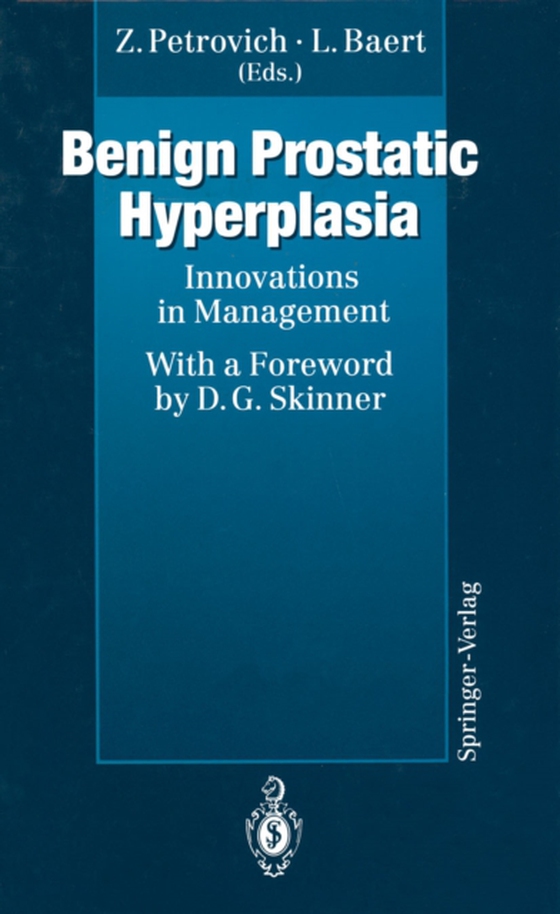
Benign Prostatic Hyperplasia e-bog
875,33 DKK
(inkl. moms 1094,16 DKK)
A symposium on benign prostatic hyperplasia is appropriate at a time when new knowledge and new technology are rapidly emerging. As the age of the population has increased and diagnostic methods have improved, the incidence of diseases of the prostate has increased. Benign prostatic hyperplasia (BPH) is the most common benign tumor in men and results in urinary symptoms in the majority of men o...
E-bog
875,33 DKK
Forlag
Springer
Udgivet
6 december 2012
Genrer
Endocrinology
Sprog
English
Format
pdf
Beskyttelse
LCP
ISBN
9783642781858
A symposium on benign prostatic hyperplasia is appropriate at a time when new knowledge and new technology are rapidly emerging. As the age of the population has increased and diagnostic methods have improved, the incidence of diseases of the prostate has increased. Benign prostatic hyperplasia (BPH) is the most common benign tumor in men and results in urinary symptoms in the majority of men older than 50 years; furthermore it has in the past necessitated operative intervention in 20%-30% of men who live to the age of 80 years. The relief of obstruction resulting from this benign neoplasm by means of transurethral resection (TURP) or surgical enucleation represented a major advance and helped to establish urology as a major surgical science. Over the years, urologists became more and more proficient with the resectoscope, reducing the need for open surgery, and over time more procedures were done for more modest symptoms. Although unquestionably effective in the relief of bladder outlet obstruction in the majority of men treated, TURP has not been without morbidity. In 1989, the American Urological Association (AUA) reported an 18% im- mediate postoperative morbidity in its cooperative study of 13 participating institutions evaluating 3885 patients (MEBUST et al. 1989). Included were patients requiring transfusion, those experiencing excessive absorption of irrigating fluids ("e;TUR syndrome"e;), those experiencing myocardial arrhythmias, and a few suffer- ing myocardial infarction.
 Dansk
Dansk

